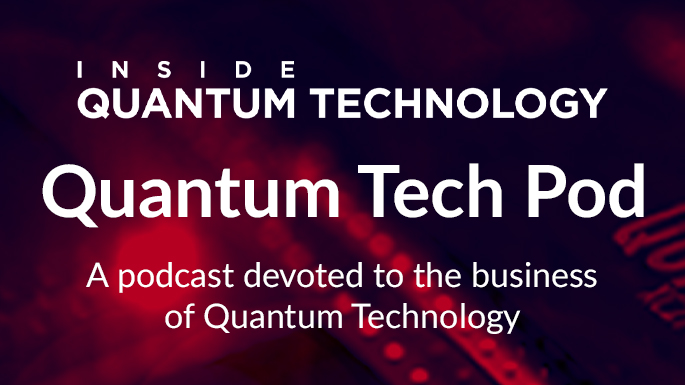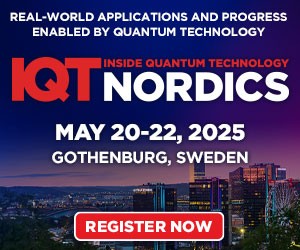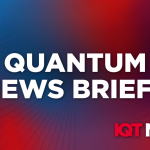Enter the Atoms

Kipu Quantum GmbH, the University of the Basque Country UPV/EHU, Gradiom S’arl, and PASQAL recently published a paper titled “Analog Counterdiabatic Quantum Computing,” which proposes to circumvent non-adiabatic errors with combinatorial optimization problems on neutral atom quantum computers. And while the paper focuses on the protocol, it does so by demonstrating the protocol with two neutral atom quantum computers: Quera’s “Aquila” and PASQAL’s “Fresnel.”
Over the past several years, it has become common to find various algorithms and protocols demonstrated on real quantum computers. Typically, the quantum computer is a superconducting device, using ultracool electronic circuits as the modality, or an ion trap device, using ionized atoms as the modality. You might find comparisons of superconducting devices, you might find comparisons with superconducting devices and an ion trap device, and you might find research using neutral atom devices. But what you might not find are comparisons of more than one neutral atom quantum computer… until now.
Neutral Atom Quantum Computers
As the name suggests, neutral atom quantum computers use neutral atoms as qubits. Neutrality refers to there being no charge, as opposed to ion trap quantum computers, which use atoms that have electrical charges.
Atoms claim several advantages over other modalities, although each advantage may not necessarily be unique to atoms. First of all, atoms are naturally occurring, as well as perfectly identical, and therefore do not have fabrication defects or any variation. They have relatively-long coherence times, which means that they can be used for computation for longer durations than some other modalities. They can be physically moved around, which facilitates the efficient execution of algorithms. They operate at room temperature, using lasers to cool the atoms instead of cryogenics. And, finally, it’s worth noting that the largest publicly-available quantum computer is a neutral atom quantum computer: QuEra’s 256-atom “Aquila.”
QuEra’s “Aquila” vs Pasqal’s “Fresnel”
The primary challenge to comparing neutral atom quantum computers is that only QuEra’s “Aquila” is publicly-available. PASQAL’s “Fresnel” is semi-available in the sense that you can find it online, but you have to be approved to use it. The others are even more restricted than Fresnel. But thanks to the researchers having access to Aquila and Fresnel, comparisons can at least be made with those two.
Two observations stand out in the results. First, QuEra’s “Aquila” has more atoms than PASQAL’s “Fresnel,” so Aquila’s problem sizes were noticeably larger. Second, the qualitative measure – the approximation ratio – was higher (better) for QuEra’s “Aquila.” Because of variations in the hardware, the protocol had to be adapted to each device, so Aquila’s performance can be attributed to a combination of Aquila’s architecture and the protocol that is supported by that architecture.
Conclusion
Although the protocol had to be adapted to each device, it would’ve been interesting to see the same problems run on both devices. With two different sets of architecture, protocols, and problems, QuEra’s “Aquila” performed better. But Aquila can run Fresnel’s problems, so it could be helpful to see a more apples-to-apples comparison, even though the architectures and protocols would remain different.
And now that Schrodinger’s cat is out of his proverbial box, comparisons of neutral atom quantum computers to other modalities are hopefully in the not-too-distant future. This particular protocol uses the analog model, which is different from the digital model of quantum circuits and gates that is typically found with superconducting and ion trap devices. But as neutral atom devices roll out digital models in the coming years, they’ll be able to run these circuits, as well. Then we’ll have some apples-to-apples-to-apples comparisons.
Kipu Quantum, by the way, advocates digital-analog quantum computing (DAQC) as the shortest path to quantum computational advantage. Think of it as the relative-ease-of-use of the digital model overlaying the performance benefits of the analog model. You can see this with Infleqtion’s Superstaq software, which inputs a quantum circuit and optimizes its analog implementation, noticeably boosting the performance of the algorithm on superconducting devices. A paper on DAQC comparing three modalities would be a must-read publication.



















